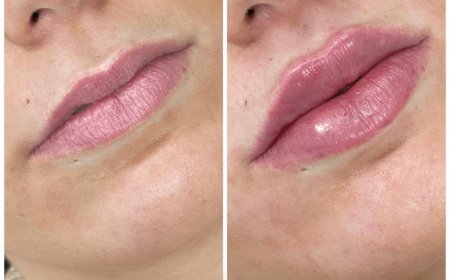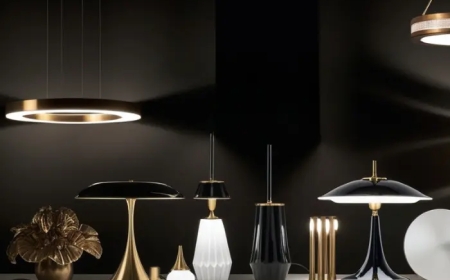Smart Sensor Technologies Transforming PET Injection Molding Lines
Explore how smart sensors are enhancing efficiency, quality, and sustainability in PET injection molding, with insights from leaders in polymer innovation and advanced manufacturing solutions.
Smart Sensors Change How PET Bottles Are Made
The need for good PET bottles is growing, so companies have to make their production lines better than ever. One change is using smart sensors. These small devices gather and share info about the production line in real-time. They're changing how PET preforms (the start of a bottle) are made, giving more control, better output, and bottles that are all the same.
With help from material science experts, like the Polymer Innovation Company, these sensors are making production smoother and pushing what's possible with automation in plastic making.
Why PET Precision Matters
Making PET preforms needs to be exact. Things like melt temperature, injection speed, mold pressure, and cooling time have to be just right. If not, the preforms can be the wrong weight, not clear, or weak. Even small problems can cause issues when making the final bottles.
Old quality checks were slow and could miss problems. Smart sensors fix this by giving live updates and control at every step. This means fewer mistakes, less waste, and better bottles.
How Sensors Improve the Line
Today's PET lines use many sensors: thermocouples, pressure sensors, light detectors, and vibration monitors. They're placed in key spots to watch and change how things are running.
For example, pressure sensors in the mold can change the injection speed based on how the PET is flowing. Heat sensors keep the melt at the right temperature for good flow. Vision systems spot problems in the preform shape right away, cutting down on mistakes and waste.
The Polymer Innovation Company is also making PET resin that works well with sensors. This makes the machines and materials work together even better.
Better Quality with Data
Smart sensors don't just watch things happen; they also help predict when things might go wrong. The data they collect goes to computers that use machine learning to find patterns. This lets operators see problems like mold wear or heater issues before they stop production.
Plus, the sensor data creates a copy of the production process. Engineers can test changes or new designs on the computer before trying them in real life. This speeds up making new bottles, from light soda bottles to strong medicine containers.
The Polymer Innovation Company helps by adding material details to the sensor programs, making the system even smarter.
Save Energy, Be Sustainable
Smart sensors also make PET lines use less power. By watching temperatures and flow, they adjust the heat and cut down on wasted energy. This helps meet goals for being sustainable.
Better control means fewer rejects and less waste, which is a big deal for PET. Even a small improvement can save money and lower emissions. It also means the preforms recycle better, which is important for companies that want to use recycled materials.
The Polymer Innovation Company and other firms are working together on eco-friendly packaging. They're making smart, closed-loop PET production possible.
Sensors Change Jobs
Automation can worry people about losing jobs, but sensors are changing the work instead. Operators now look at data, set up production, and work with engineers to improve things.
This needs workers who know tech and plastics. Companies that teach their employees about sensors and smart systems will do better in the long run.
The Polymer Innovation Company helps by partnering with schools and offering training, which improves the whole industry.
The Future: Automatic PET Making
With better AI, PET preform making could become almost fully automatic. Sensors, control systems, and digital copies of the process could lead to factories where machines adjust themselves to changing conditions.
Sensor data could also go to suppliers and customers, creating a clear supply chain. The Polymer Innovation Company would be more than just a material supplier; it would be a partner in the whole life of PET packaging, from design to recycling.
Visit: Polymer Innovation Company
Rethinking Lines for the Future
Smart sensors are changing PET lines into smart, flexible systems. This not only boosts performance and sustainability but also sets a new bar for what PET making can do.
With help from material science partners, the industry is ready for safer and more efficient production. Soon, the mix of plastic engineering and sensor tech will change how we think about, make, and reuse PET preforms, which is a big step for eco-friendly packaging.

































